Iran’s Options for Retaliating Against Israel Have Narrowed
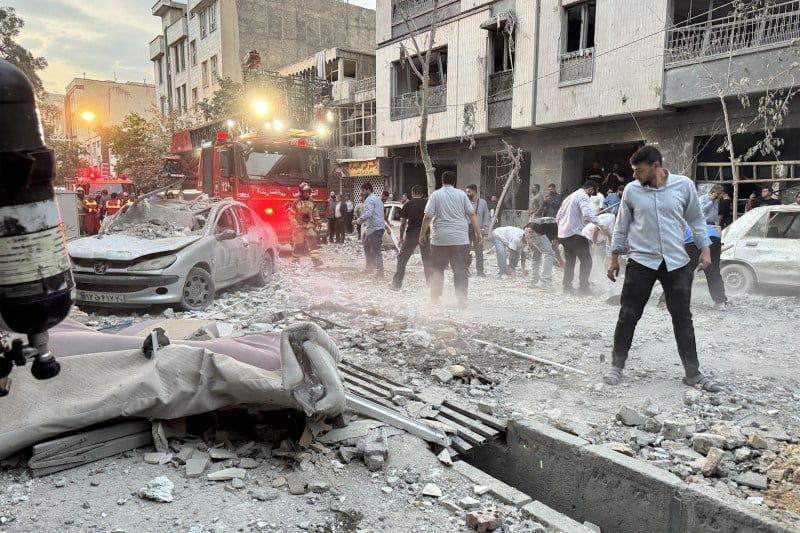
Iran’s Options for Retaliating Against Israel Have Narrowed
Its proxies are weakened, and its arsenals have been degraded.
People gather outside a building that was hit by an Israeli strike in Tehran on June 13. Meghdad Madadi/Tasnim News/AFP via Getty Images
Israel’s attacks on Iran’s nuclear infrastructure and its successful assassination of Iran’s top military leaders and several nuclear scientists are high-profile blows to the country’s nuclear aspirations and prestige, both at home and abroad. Tehran will seek to retaliate, but the timing of Israel’s attack is likely linked to the fact that the Islamic Republic’s retaliation options seem fewer than they have been in years.
Before Hamas’s Oct. 7, 2023, attack on Israel, which shook the region, Iran relied primarily on four tools to deter and threaten Israel, the United States, and other enemies: attacks by Hezbollah, strikes by other proxy forces, missiles and other long-range strikes, and terrorism, using its own operatives as well as those of proxy forces. Iran is still likely to employ these tools, but Israel is betting that Iran is weaker than in the past and that the cost it inflicts will be manageable.
Israel’s attacks on Iran’s nuclear infrastructure and its successful assassination of Iran’s top military leaders and several nuclear scientists are high-profile blows to the country’s nuclear aspirations and prestige, both at home and abroad. Tehran will seek to retaliate, but the timing of Israel’s attack is likely linked to the fact that the Islamic Republic’s retaliation options seem fewer than they have been in years.
Before Hamas’s Oct. 7, 2023, attack on Israel, which shook the region, Iran relied primarily on four tools to deter and threaten Israel, the United States, and other enemies: attacks by Hezbollah, strikes by other proxy forces, missiles and other long-range strikes, and terrorism, using its own operatives as well as those of proxy forces. Iran is still likely to employ these tools, but Israel is betting that Iran is weaker than in the past and that the cost it inflicts will be manageable.
Historically, Hezbollah was one of the world’s most formidable guerrilla armies, with around 30,000 full-time fighters and up to 20,000 reserves. Hezbollah also had somewhere between 70,000 and 150,000 rockets and missiles, including some that were precision-guided.
But the Lebanese militant group was hit hard in 2024. After months of a limited border war with Israel, the Israeli military and intelligence services launched a devastating, all-out campaign against Hezbollah last fall. This included dramatic operations such as targeting Hezbollah fighters with exploding pagers and walkie-talkies, assassinating several Hezbollah leaders—including the group’s long-standing head, Hassan Nasrallah—and destroying perhaps 80 percent of the group’s rocket arsenal in a sustained series of airstrikes.
Hezbollah still has not recovered. Its leadership, especially its military brass, is in disarray, and the Lebanese people oppose another destructive war with Israel. Israeli military operations also pushed Hezbollah away from the Israel-Lebanon border, making it harder for the group to use its limited rocket and missile arsenal, especially its shorter-range systems. Hezbollah may not join any Iranian response, and if it does, its attacks will have less punch than they did a year ago.
Iran has other proxies, although they are more distant partners than Hezbollah, and some may strike Israel. The Houthis in Yemen, which Iran helps arm, have launched occasionally successful drone strikes on Israel but at a limited pace, and Israel probably believes it can weather these. Hamas, which also received Iranian support but was not as close to Tehran as Hezbollah, is a shell of its former self and cannot escalate in response to the Israeli strikes. Other Iranian-backed militants, including various militias in Iraq, would be useful for striking U.S. facilities and personnel, but there are few Israeli targets within easy reach of these groups.
In addition to its proxy forces being weakened, Iran’s rocket and missile capabilities are more of a question mark than they were in 2023, although they remain a formidable threat. Iran is estimated to have more than 3,000 ballistic missiles, including some longer-ranger systems that can reach Israel, as well as many that can reach Iraq and U.S. allies in the Gulf. Israel, in previous strikes, degraded Iran’s missile and drone production facilities. In addition, Iran’s missiles proved less effective than expected when it attacked Israel in April and October 2024. Israel’s air defenses, aided significantly by the United States and cooperation from several U.S. Arab allies, were able to shoot down many of the missiles and drones, resulting in few casualties on the Israeli side.
Tehran may again roll the dice and launch a massive salvo against Israel, hoping to overwhelm Israeli defenses. Although the Trump administration has sought to distance itself from the recent Israeli attack, it is likely to help Israel defend itself against an Iranian attack, which would blunt at least some of its force. Nevertheless, some missiles and other systems are likely to get through—perhaps more than previous Iranian attempts—which is a price that Israel seems willing to pay.
Iran’s overall military coherence is also questionable given the assassination of its senior leaders and the risk of more attacks. Iranian leaders may stay in hiding and minimize communications to avoid future assassinations, but such steps would make command and control more difficult on the Iranian side and hinder a coordinated response.
Iran has long used terrorism as an instrument of foreign policy. In addition to support for groups like Hezbollah and Hamas, Iran has had ties to al Qaeda and otherwise casts a wide net in its partnerships. Iran and Hezbollah have worked together to bomb Israeli and Jewish targets around the world, including in Argentina, Bulgaria, and Thailand. Tehran has also targeted the United States with terrorism in multiple ways, including a plot to kill the Saudi ambassador in the United States in 2011, and Iranian-backed groups in Iraq have repeatedly targeted U.S. facilities and personnel there.
Any Iranian response using terrorism is difficult to predict in terms of location and lethality. Iran and Hezbollah have a global capability, and they will probe for weaknesses in Israeli facilities and against Israelis traveling abroad. As the attack on the Jewish community center in Argentina shows, Tehran also sees Jewish targets as inherently tied to Israel and thus fair game.
Although Trump administration officials declared that the United States was not involved in the latest Israeli strikes, the United States still may be a target. Iran may not believe U.S. disavowals given the close security relationship between the two states and past joint operations against Iran. U.S. help in defending Israel against Iranian missiles may also convince Tehran that the United States is not on the sidelines.
Taking on both the United States and Israel, however, could be disastrous for Iran—and Iranian leaders know this. The United States, in response, could launch far more powerful strikes on Iran that would destroy the remnants of its nuclear program and military. Washington and its allies could also step up economic pressure on Iran, straining the country’s already battered economy.
Given Iran’s weaknesses, its leaders may try to do a quick response, even if largely ineffective, to demonstrate resolve and claim a victory to their own people while plotting terrorist attacks and other ways to hurt Israel over time. Israel may be willing to pay that price, believing that the setbacks to Iran’s nuclear program and military power are worth retaliation and any resulting chaos.
Daniel Byman is a senior fellow at the Center for Strategic and International Studies and professor at Georgetown University’s School of Foreign Service. His latest book is Spreading Hate: The Global Rise of White Supremacist Terrorism. X: @dbyman
Stories Readers Liked
In Case You Missed It
A selection of paywall-free articles

Four Explanatory Models for Trump’s Chaos
It’s clear that the second Trump administration is aiming for change—not inertia—in U.S. foreign policy.
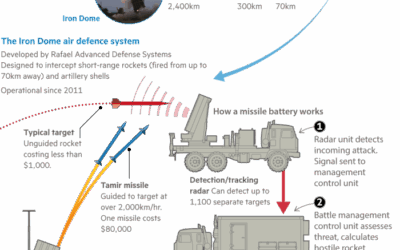
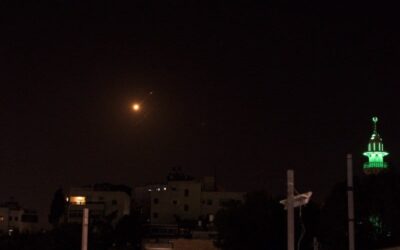















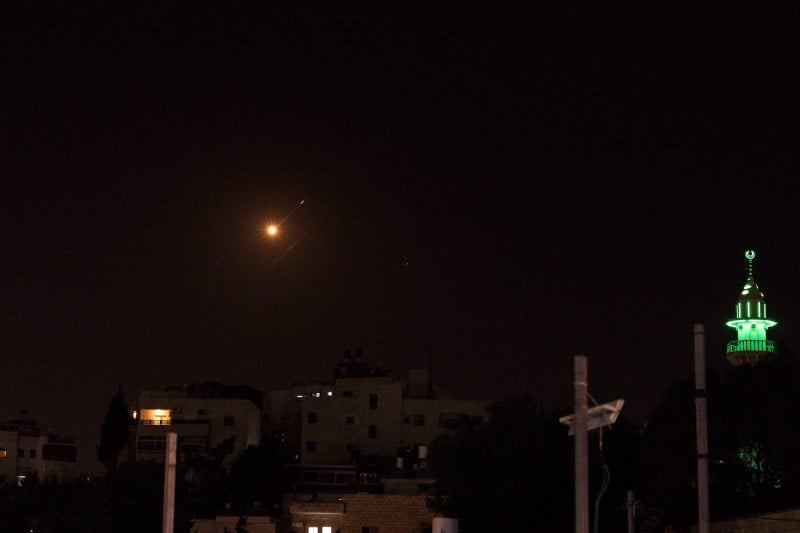
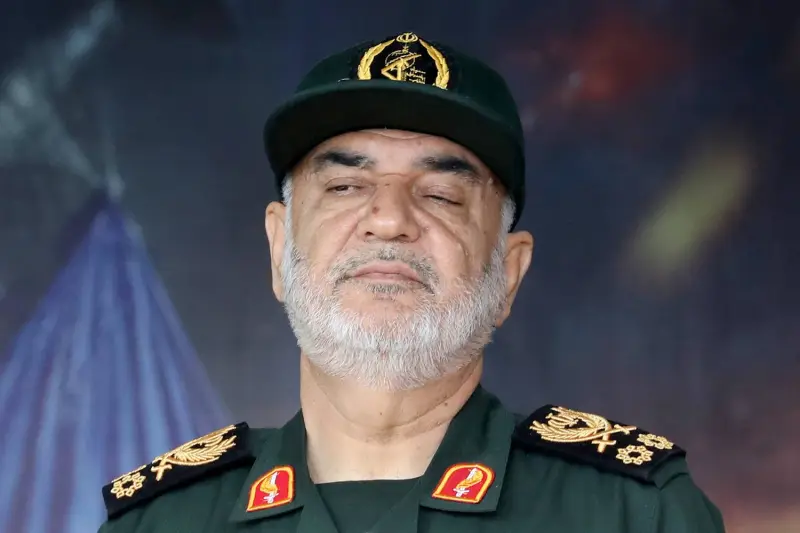
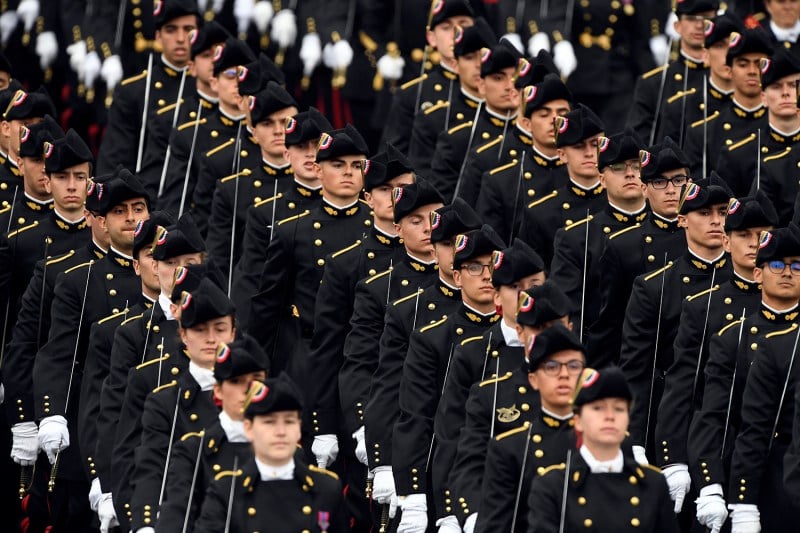

Join the Conversation
Commenting is a benefit of a Foreign Policy subscription.
Subscribe
Subscribe
Already a subscriber?
.
View Comments
Join the Conversation
Join the conversation on this and other recent Foreign Policy articles when you subscribe now.
Subscribe
Subscribe
Not your account?
View Comments
Join the Conversation
Please follow our comment guidelines, stay on topic, and be civil, courteous, and respectful of others’ beliefs.
View Comments
Change your username |
Log out
Change your username:
CANCEL
Confirm your username to get started.
The default username below has been generated using the first name and last initial on your FP subscriber account. Usernames may be updated at any time and must not contain inappropriate or offensive language.